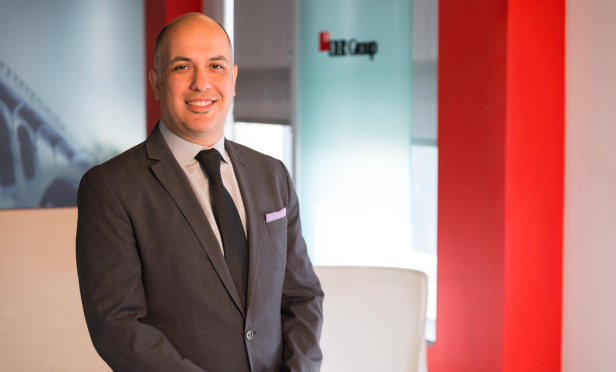 Transit-oriented developments are the future of urbanization in Southern California. While the transit system is still expanding, there are already several transit-oriented projects throughout the region and local incentives are fueling more transit projects. These projects will become the urban centers of Southern California, and will also help to fuel vibrant economic activity.
Transit-oriented developments are the future of urbanization in Southern California. While the transit system is still expanding, there are already several transit-oriented projects throughout the region and local incentives are fueling more transit projects. These projects will become the urban centers of Southern California, and will also help to fuel vibrant economic activity.
“Future development of transit corridors and associated terminals and stations will become centers of urban activity and economic catalysts,” Jose Sanchez, retail and mixed-use design leader at DLR Group and an expert in urbanization patterns, tells GlobeSt.com. “These nodes are central to an urbanized lifestyle less dependent on vehicles and instigators of pedestrian and transit friendly TODs. These compact, walkable, mixed-use developments increase density and in kind reduce the dependence on vehicles. With the advent of autonomous vehicles and first-and-last-mile solutions, the transit hubs will become centralized city centers for commercial, residential, institutional and entertainment.”
Transit-oriented developments are largely mixed-use hubs that include housing and retail amenities at a minimum, and often also include office as well. As a result, they are thriving spaces that generate economic activity day and night. “Mixed-use developments that impersonate downtown-style living thrive where there is a catalytic agent that provides its energy,” says Sanchez. “This includes adjacencies to a historic core, universities, corporations, and especially transit corridors. Although car culture has ruled in the United States, more suburbs are defined by public transport links. According to the American Public Transportation Association, nearly 85% of transportation ballot initiatives passed during the 2018 midterm elections.”
Los Angeles, specifically, is seeing the biggest shift toward transit-oriented development. The Hub NOHO in North Hollywood, Warner Center in Topanga and Ivy Station in Culver City are some of the biggest projects currently under construction in the market. “Los Angeles is the in the middle of America's most ambitious mass transit construction project,” says Sanchez. “Los Angeles Mayor Eric Garcetti's Twenty-eight by '28 transit initiative aims to accelerate and complete 28 projects by the 2028 Olympics, much of which includes expanding transit to suburban communities in the East San Fernando and San Gabriel Valley areas.”
Los Angeles is also incentivizing transit development as a way to create density, increase the housing supply and add more affordable units to the market. “In conjunction with the Mayor's office, city planning released incentivized guidelines for TOD's that will help create density and mix of uses, as well as affordable housing all within one-half mile radius surrounding major transit stops,” says Sanchez. “Metro also released a set of guidelines aimed at boosting development of transit-oriented communities as well as encouraged joint public/private developments with Metro that requires density, mix of uses, walkability and sustainability.”
These developments are so important because they create a thriving ecosystem with in a city, and ultimately become a place for residents and locals to participate in the community. “When designing a suburban mixed-use center, we develop a sense of urban atmosphere that feels authentic and locally crafted,” explains Sanchez. “There are appealing elements of the urban core when integrated into suburban context that creates a true sense of place. Placemaking is a framework for integrating culture, curation, and programming around community. This approach instills an essence of equity to the public realm that is contextual, inclusive, adaptable and most of all community driven and is inviting to a diverse demographic, while providing more choices to live, work, play, shop and gather.”
© Touchpoint Markets, All Rights Reserved. Request academic re-use from www.copyright.com. All other uses, submit a request to [email protected]. For more inforrmation visit Asset & Logo Licensing.






